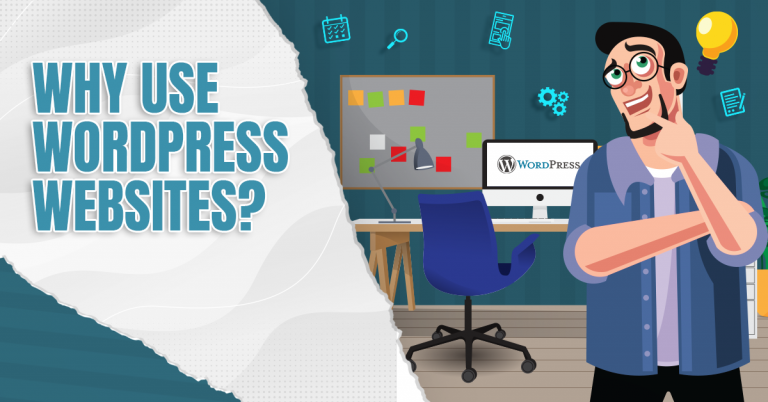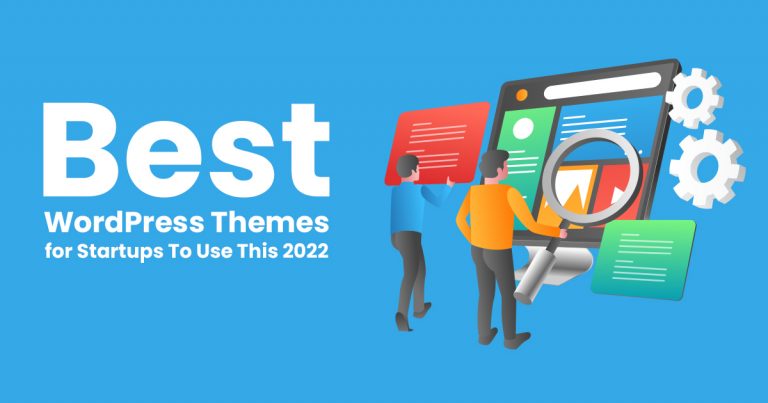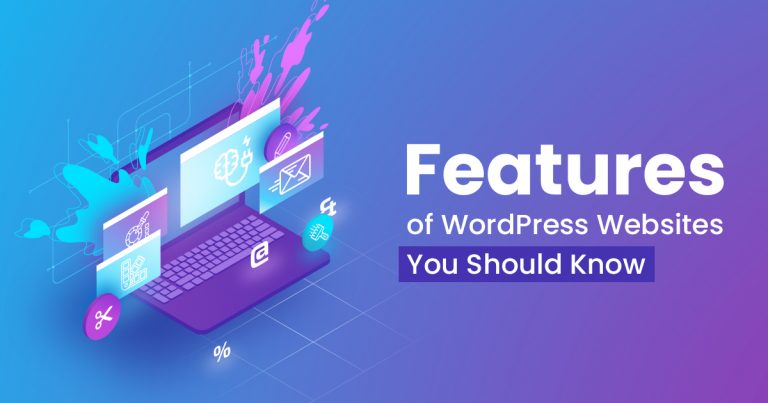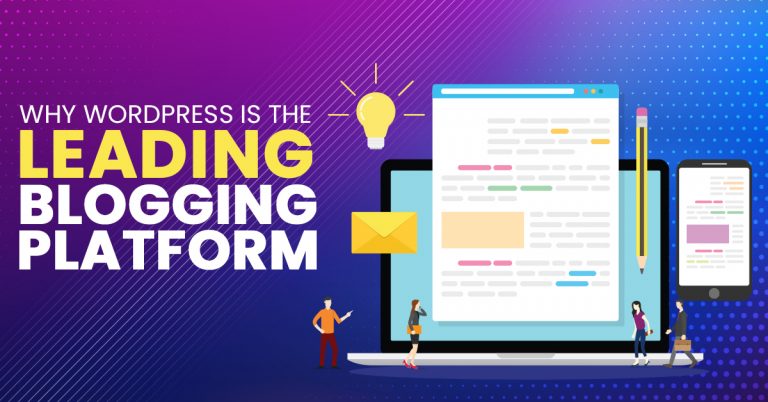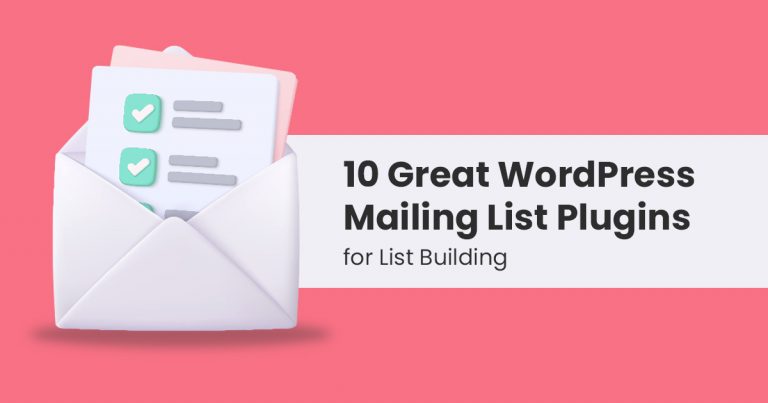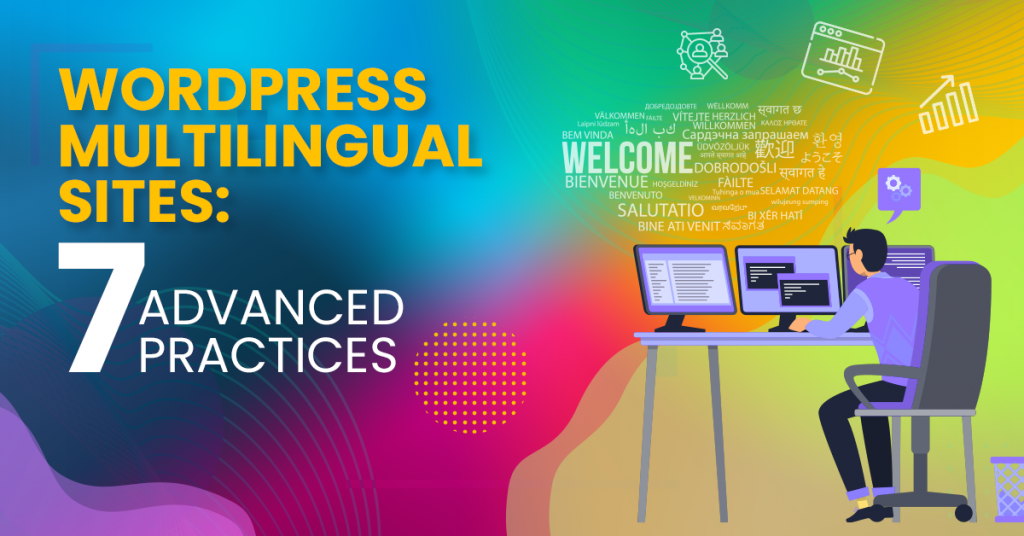
To cater to a global audience, business websites should be accessible in several languages. Doing so provides a positive user experience by allowing customers from any country in the world to browse through a site and make a purchase. In this post, we will talk about the many practices that you can incorporate in building WordPress multilingual sites.
The Benefits of Building Multilingual Sites
Multilingual sites are websites that provide content in more than one language to attract audiences from other parts of the globe. By default, English is the language used by WordPress, the leading platform for creating and designing blogs. It limits a website’s reach from making an impact to other countries that are not as familiar with English.
Because of this, businesses should start building multilingual sites to gain new customers from around the world. If you still don’t have a website for your business, you can check out this article on the two ways to create a WordPress website.
Here are some of the benefits that you can gain from building WordPress multilingual sites:
- Gain a Competitive Edge: By translating your business website into multiple languages, you open your business to new markets that extend beyond your competitors’ reach. With a WordPress multilingual site, you can gain a competitive edge over others.
- Enhance Website Traffic: Multilingual sites help search engines match your language-specific content to users that speak said language. Thus, providing content that uses multiple languages drives traffic from various locations worldwide. It also helps your site rank higher on SERPs when search engines recognize you produce quality content.
- Improve Sales: When site visitors understand what you are selling on your product pages, then that increases the chance of them purchasing an item. Because of this, you should also grab the attention of non-English speakers by showcasing your products in a WordPress multilingual site that uses their native language.
7 Expert Practices for WordPress Multilingual Sites
Improving user experience plays a significant role in why businesses should create multilingual WordPress websites. Thus, here are some expert practices that can help along the way:
1. Select Particular Languages
It would not be efficient to translate your WordPress website into every possible language from all over the world. Thus, you and your team must work together in identifying the languages that are most commonly used by your target market.
2. Consider Cultural Differences
Mere translation of English words or phrases into another language will not be enough when building a WordPress multilingual site. Some words or phrases do not translate well into other languages as these may not mean anything in their area. For this, you need to seek the help of localization experts to bridge specific cultural differences. Use of language, concepts, and even tone should be well-taken into account to avoid disrespecting certain traditions or beliefs. The same goes for when designing logos, symbols, and banners.
3. Craft URL Structure
To guide new visitors speaking a different language to your site, you must use a different URL for every language version of a page. Inform Google regarding the different versions of your website by incorporating hreflang annotations that will help rank your site higher on its search engine. For this, you can select any of the three ways: first, www.StoreName.ph (country code top-level domain); second, ph.StoreName.com (sub-domain for a language); third, StoreName.com/ph/ (subdirectory for a language).
4. Translate Tag Lines
Even if you translate the product name, the description, and the body of the text, it will not work if the tag lines are written using a default language. Fully optimize every part of your web pages using a language, including every tag line, content, greeting and error messages, product name in URL, values and figures, notification, etc.
5. Enable Smooth Language Auto-Switching
A WordPress designer can create multiple copies of a website using different languages, and then enable switching between them. You can enable auto-switching the language according to the user’s location. However, it would be best if you also considered leaving the switch to the user’s discretion. One WordPress plugin that WordPress designers can employ to make the translation process easier is Weglot, which offers a custom translation API and an option to upgrade to using professional translation through a recommended provider. You can also work with the Google Language Translator, WMPL, and Polylang plugins.
6. Be Consistent Across Language Versions
Your website’s content and design may vary depending on the cultures and traditions of a particular region. However, its layout and overall appearance should remain the same from the original. Work with a WordPress website development team to ensure your branding is consistent across all language versions of your website.
7. Provide Customer Support
As always, you need to incorporate customer support into your WordPress multilingual sites. Doing this encourages interaction between your users and your team through chats or calls. However, it may require a different set of support agents to take care of queries in several languages. To help with your support, try out the Knowledge Base Helpdesk plugin, which comes with an AI chatbot-like floating icon that serves as a one-stop help desk for web users.

Build Multilingual Sites with a WordPress Developer
As such, building multilingual sites help businesses expand their reach to a global scale. By translating your site into several languages, you increase your reach to several areas across the world.
Build WordPress multilingual sites with the help of a WordPress developer from the Philippines to gain a competitive edge over others, enhance traffic to your site, and improve your sales.
